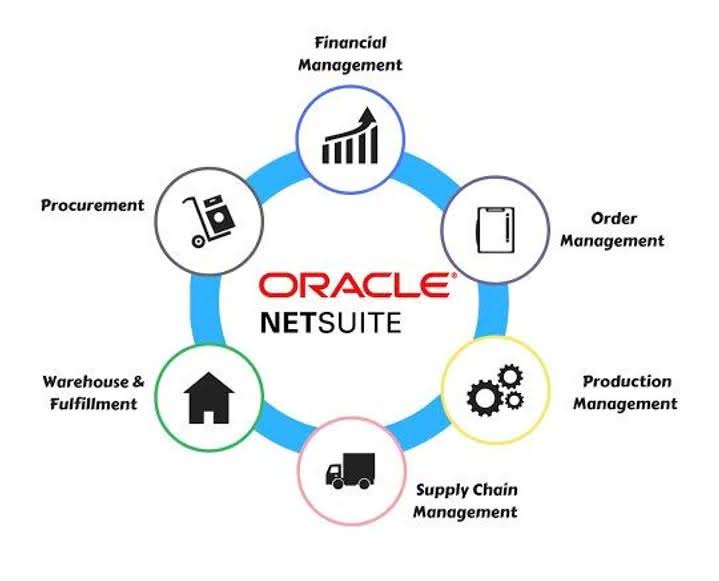How to Calculate Profit Margin

Gross margin is synonymous with gross profit margin and includes only revenue and direct production costs. It does not include operating expenses such as sales, marketing costs, taxes, or loan interest. The metric uses direct labor and direct materials costs, not administrative costs for operating the corporate office.
Why is Gross Margin calculated?

Note that once you boost your gross profit, you’ll need to overcome the key challenges of maintaining a high profit margin. The gross margin is the revenue remaining upon subtracting cost of goods sold (COGS), expressed as a percentage. Founded in 1993, The Motley Fool is a financial services company dedicated to making the world smarter, happier, and richer. Alternatively, you can lower your cost of goods sold to improve gross margin. Is there a supplier who sells fabric at a lower cost than the one you currently buy from?
- If not managed properly, these indirect costs can really eat into a company’s profit.
- For instance, an investor can see Monica’s 65 percent margin and compare it to Ralph Lauren’s margin even though RL is a billion dollar company.
- This figure is the company’s gross profit expressed as a dollar figure.
- Both the total sales and cost of goods sold are found on the income statement.
- A high gross profit margin indicates efficient operations, while a low margin suggests areas needing improvement.
- Any money left over goes to pay selling, general, and administrative expenses.
- With all else being equal, the higher the gross profit margin, the better.
Increase your repeat business

The gross margin provides insights into a company’s financial health. It can be used to (1) evaluate profitability, (2) help set pricing, and (3) make comparisons between peers. Let us discuss some simple contribution margin income statement to advanced models of the sales gross margin formula to understand the concept better. Gross Margin is the profitability of a business after subtracting the cost of goods sold from the revenue.
Example of Profit Margin

The gross margin and the net margin, or net profit margin, are frequently used in tandem to provide a comprehensive look at a company’s financial health. Investors can compare a company’s gross margin to industry averages and competitors to assess whether the company’s gross profit is healthy and sustainable. In general, the higher the gross margin, the more revenue a company retains per dollar generated. However, keep in mind that other factors can impact this figure, such as industry, company size, and other external factors. Gross margin focuses solely on the relationship between revenue and COGS but net margin or net profit margin is a little different.
Gross margin can be calculated in two ways—by dividing gross profit by net sales or by subtracting the COGS from the company’s net sales. Conceptually, the gross income metric reflects the profits available to meet fixed costs and other non-operating expenses. A 20% gross margin means that for every dollar of revenue you generate, you keep $0.20 after accounting for the cost of goods sold (COGS). The $0.80 is your COGS, which is what it costs to make or produce your goods and services.
- It is determined by subtracting the cost it takes to produce a good from the total revenue that is made.
- In general, the higher the gross margin, the more revenue a company retains per dollar generated.
- Bad debt is how your business keeps track of money it can’t collect from customers.
- In addition, this type of financial analysis allows both management and investors to see how the company stacks up against the competition.
- For the year ended June 30, Microsoft Inc. had revenue from products and services and another department of $66,069 million and $59,774 million, respectively.
- While calculating gross margin can be helpful for evaluating a company’s reporting periods or similar companies, the metric has more limited value when comparing companies in different industries.

Consider how you can use marketing strategies to find new customers or increase the purchase volume of existing customers. Check whether your competitors are reaching customers you might be missing—for example, with different social media platforms or targeted ads to specific groups. These produce or sell goods and services that are always in demand, like food and beverages, household products, and personal care products. Companies can use gross margin as a guideline to improve their operations and adjust pricing strategies.
Do you own a business?
If Company ABC finds a way to manufacture its product at one-fifth of the cost, it will command a higher gross margin due to its reduced cost of goods sold. To compensate for its lower gross margin, Company XYZ decides to double its product price to boost revenue. Net profit margin is also important for securing loans and financing.
- A 20% gross margin means that for every dollar of revenue you generate, you keep $0.20 after accounting for the cost of goods sold (COGS).
- But there are so many different numbers that it can seem cumbersome and very intimidating to wade through it all.
- Simply divide the $650,000 GP that we already computed by the $1,000,000 of total sales.
- Here’s what appears on Monica’s income statement at the end of the year.
- But cutting low performers will lower your costs and increase your sales, which will raise your profit margin as well.
Do Companies Want a High or Low Contribution Margin?
This is why the net margin is considered the most comprehensive profitability metric and is very useful alongside gross margin when evaluating a company. This profitability ratio evaluates the strength of a company’s sales performance in relation to production costs. As of September 28, 2019, Apple Inc. has sold products and services worth $213,833 million and $46,291 million.
Gross Profit vs. Net Income: What is the Difference?
Analysts use a company’s gross profit margin to compare its business model with its competitors. Gross profit margin is calculated by subtracting the cost of goods sold from your business’s total revenues for a given period. Good gross profits vary by industry, and new businesses typically have a smaller gross profit ratio.
-
Posts recentes
- Best Us Online casino real money casino mobile Invited Incentives Basic Deposit Added bonus
- Multiple Diamond Video slot by the IGT rocky 80 free spins Enjoy On line 100percent free
- Happy Larry’s Lobstermania step three Position opinion from mecca bingo casino IGT
- Gambling enterprise Greeting 3$ deposit casino Incentive 2024 Finest Greeting Extra Gambling enterprise
- Greatest Real cash Slot Applications casino frank free spins 2024 Top Video slot Apps inside United states
Comentários
Arquivos
- setembro 2024
- agosto 2024
- julho 2024
- junho 2024
- maio 2024
- abril 2024
- fevereiro 2024
- janeiro 2024
- dezembro 2023
- outubro 2023
- setembro 2023
- agosto 2023
- julho 2023
- junho 2023
- abril 2023
- fevereiro 2023
- janeiro 2023
- junho 2022
- maio 2022
- abril 2022
- janeiro 2022
- setembro 2021
- agosto 2021
- julho 2021
- junho 2021
- janeiro 2021
- novembro 2020
- outubro 2020
- novembro 2018
Categorias
- ! Без рубрики
- 1
- 1WIN Official In Russia
- 2
- Artificial intelligence
- Artificial intelligence (AI)
- average price for a mail order bride
- best site mail order bride
- bet10
- bet10-casino
- Bets
- blog
- Bookkeeping
- Brasil
- bride order mail
- bride world mail order brides
- browse mail order bride
- Catalogue de la mariГ©e par correspondance
- Cloud
- Commande par courrier de la mariГ©e
- correo en orden novia
- Cryptocurrency exchange
- Datacenters
- encontrar una novia
- Esports
- find mail order bride
- FinTech
- Forex Trading
- Free
- how does a mail order bride work
- Instances
- IT Vacancies
- IT Вакансії
- IT Образование
- Können Sie eine Braut bestellen?
- laillinen postimyynti morsiamen sivusto
- Legale Versandhandel Seiten für Bräute
- legitimate mail order bride
- list of best mail order bride sites
- mail order bride agences
- mail order bride dating site
- mail order bride real site
- mail order bride stories
- mail order bride website reviews
- mail order bride worth it
- novia de pedidos por correo
- Novidades
- Provisioning
- Reels
- Releases
- Resources
- Reviews
- Sem categoria
- sitio de la novia de pedidos por correo real
- sitios de novias de orden de correo superior
- Slots
- Sober Living
- Software development
- Strategies
- Tantra
- top mail order bride countries
- top mail order bride services
- top mail order bride sites.
- top mail order bride websites
- true mail order bride
- Uncategorized
- Wellness
- what is a mail order bride?
- what is the mail order bride?
- whats a mail order bride
- write my essay no plagiarism
- Финтех
- Форекс Обучение
Meta
